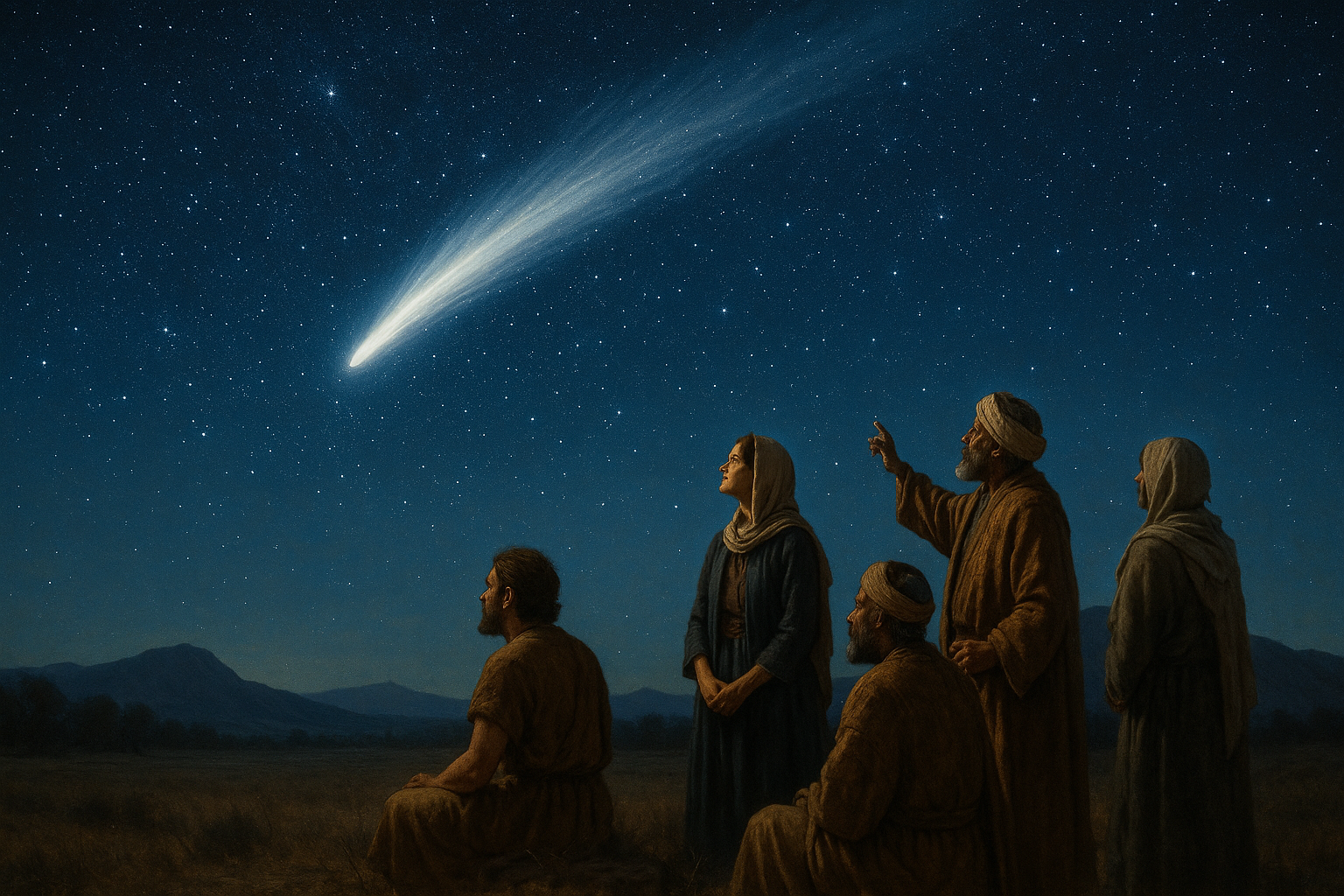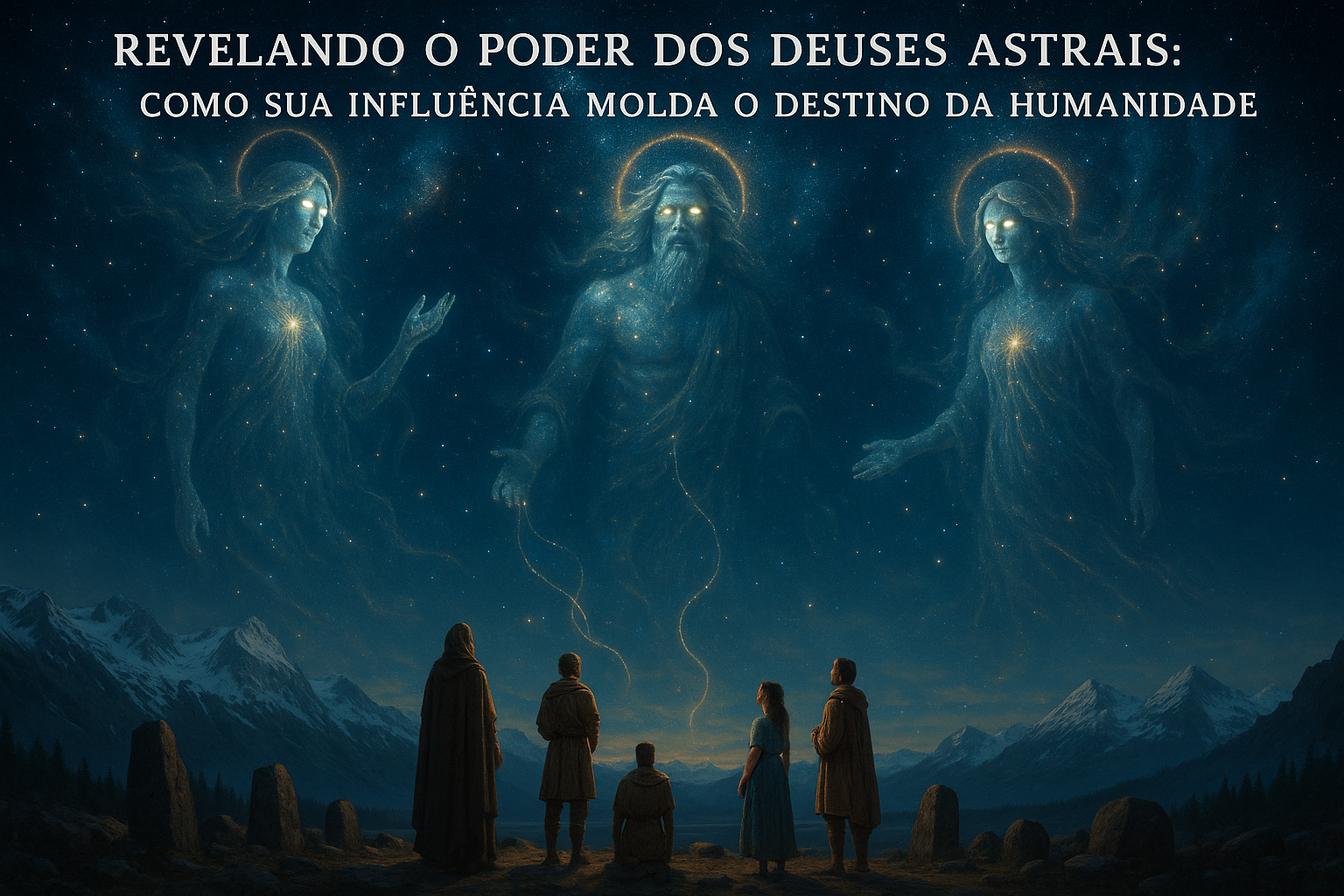In a world where mystery often meets spirituality, the concept of celestial marriage has captivated imaginations and stirred countless debates. Rooted in religious traditions and romanticized by popular culture, celestial marriage remains a topic cloaked in myths and misconceptions. But what exactly is celestial marriage? And why has it become a subject of fascination for so many? This article sets out to explore these questions, unraveling the truths hidden behind the veil of myth and offering a comprehensive guide to understanding celestial marriage in its true form. 🌟
Celestial marriage, often associated with the idea of eternal unions beyond the earthly realm, is a concept that traverses various belief systems, most notably within certain branches of Christianity and other spiritual philosophies. The intrigue surrounding this form of union is not just limited to its promises of eternal companionship but also extends to its theological implications and the cultural narratives that have emerged around it. In unraveling these layers, we will delve into historical contexts, religious doctrines, and the modern interpretations that have influenced the popular understanding of celestial marriage. Our journey will take us from ancient scriptures to contemporary discussions, examining how the concept has evolved and why it continues to inspire both devotion and skepticism.
As we navigate through this exploration, we will debunk common myths that have clouded the true essence of celestial marriage. From misconceptions about its origins and purposes to the sensationalized portrayals in media, each section of this article will peel back the layers of fiction to reveal the facts. Along the way, we will encounter voices of scholars, theologians, and those who have experienced celestial marriage firsthand, providing a well-rounded perspective on its significance and practice. By the end of this article, readers will not only have a clearer understanding of celestial marriage but will also gain insight into the broader themes of faith, love, and eternity that underpin this fascinating topic. ✨
Understanding Celestial Marriage: A Historical Perspective
Celestial marriage, often termed as a sacred covenant within certain religious traditions, has been a subject of fascination and intrigue. Its roots trace back to early theological interpretations and religious doctrines that emphasized eternal unions. The concept suggests that marriages can transcend the mortal plane, offering a spiritual continuity into the afterlife. Historically, celestial marriage has been a cornerstone in faiths like Mormonism, where it is believed to bind families together for eternity.
The origins of celestial marriage are deeply embedded in religious texts and teachings. In Mormonism, for instance, this concept was introduced by Joseph Smith in the 19th century. He posited that marriages performed in certain sacred temples are recognized in the afterlife, providing a unique spiritual continuity. This belief set a precedent for many who sought not only a union in this life but an eternal connection. The practice, while celebrated by its followers, has faced scrutiny and misunderstanding from those outside the faith. To appreciate the depth of celestial marriage, one must delve into the cultural and theological backdrop that shaped its inception.
As we explore further, it’s essential to differentiate celestial marriage from other forms of union. Unlike secular marriages, which are primarily recognized by civil authorities, celestial marriages are spiritual covenants believed to be sanctioned by a higher power. They are performed within the confines of sacred spaces, underscoring their divine nature. However, misconceptions arise when these spiritual principles are misconstrued or oversimplified. Many outside observers mistakenly equate celestial marriage with polygamy or other contentious practices, failing to recognize its distinct spiritual significance.
The Role of Temples in Celestial Marriage
Temples play a pivotal role in the execution and sanctification of celestial marriages. These sacred edifices are seen as earthly representations of divine realms where the ordinances of eternal marriage are performed. Within the walls of these temples, couples make solemn vows that not only unite them but are believed to bind them throughout eternity. The temple ceremonies are rich with symbolism and ritual, designed to elevate the participants’ spiritual consciousness and commitment.
For those unfamiliar with these religious practices, the emphasis on temple ceremonies may appear elaborate or even enigmatic. However, for believers, it is the very sanctity of these rituals that imbues celestial marriage with its profound meaning. The ceremonies are often private, attended only by members of the faith who hold a temple recommend, underscoring the intimate and sacred nature of the occasion.
Myths Surrounding Celestial Marriage
Many myths and misconceptions surround celestial marriage, often fueled by misinformation or cultural misunderstandings. One prevalent myth is the association of celestial marriage with polygamy. While it’s true that early Mormon history included plural marriages, modern celestial marriage within the Church of Jesus Christ of Latter-day Saints involves monogamous unions. Polygamy was officially discontinued in the church over a century ago, yet the stigma persists.
Another common misconception is that celestial marriage is exclusive and elitist. This perception arises from the belief that only certain members can participate in these sacred ceremonies. However, the truth is more nuanced. While it’s true that temple marriages are reserved for faithful members, the church encourages all to pursue a life worthy of these blessings. The emphasis is on spiritual readiness and commitment rather than exclusivity.
Additionally, some believe that celestial marriages require blind adherence to dogma, overlooking the personal agency and informed consent involved in these covenants. In reality, individuals who choose celestial marriage are often deeply invested in their faith, having undergone significant spiritual preparation and introspection. The decision to enter a celestial marriage is one of personal conviction, underscored by a profound understanding of its spiritual significance.
Addressing Misunderstandings
To address these myths, it’s crucial to engage in open and respectful dialogue. Many misconceptions arise from a lack of understanding, which can be remedied through education and empathy. Religious scholars and church leaders often emphasize the importance of viewing celestial marriage through its intended spiritual lens, rather than through a purely secular or critical perspective.
Moreover, the church itself provides resources and outreach efforts to clarify misunderstandings. Through educational programs, public discussions, and community engagement, misconceptions can be dispelled, allowing for a more accurate representation of celestial marriage. It’s a process that requires patience and willingness to learn from both sides.
Cultural Impact and Contemporary Perspectives
The cultural impact of celestial marriage extends beyond religious boundaries, influencing societal perceptions of marriage, family, and eternity. In communities where celestial marriage is practiced, it shapes social norms and family dynamics, fostering a sense of unity and purpose among members. The belief in eternal families strengthens bonds, encouraging individuals to invest in their relationships with an eternal perspective in mind.
In contemporary society, where the nature of marriage and family is continually evolving, celestial marriage presents an interesting contrast. It offers a model that prioritizes long-term commitment and spiritual growth, countering more transient views of relationships. However, it also faces challenges in adapting to modern values that emphasize individual freedom and diversity. The balance between tradition and modernity is a delicate one, requiring thoughtful consideration from both believers and observers.
Future of Celestial Marriage
Looking to the future, celestial marriage will undoubtedly continue to evolve alongside cultural and societal changes. The church and its members are likely to engage in ongoing dialogue about the role of celestial marriage in a rapidly changing world. As new generations embrace the faith, they bring fresh perspectives and insights, enriching the tradition while maintaining its core principles.
The challenge will be to preserve the sacredness of celestial marriage while ensuring it remains relevant and accessible to future adherents. This will require innovation, openness, and a willingness to adapt to new realities. By fostering a spirit of inclusivity and understanding, celestial marriage can continue to offer profound spiritual and personal fulfillment to those who seek its blessings.
For further exploration of the impact and evolution of celestial marriage, you may find this comparison table helpful:
| Aspect | Celestial Marriage | Secular Marriage |
|---|---|---|
| Nature | Spiritual covenant with eternal significance | Legal contract with civil recognition |
| Venue | Performed in sacred temples | Performed in a variety of venues, including civil offices |
| Commitment | Eternal, transcending mortal life | Bound by legal terms, with potential for dissolution |
| Participants | Faithful members with spiritual preparation | Open to all consenting adults |

Conclusion
Title: Unveiling the Truth: Debunking Celestial Marriage Myths and Misconceptions
Conclusion:
In our journey through the complexities surrounding the concept of celestial marriage, we have delved into various myths and misconceptions, aiming to bring clarity and understanding to a topic often shrouded in mystery. Our exploration began with an overview of what celestial marriage is purported to be—a sacred and eternal union, as described in certain religious doctrines, most notably within the context of Mormon theology. From this foundational understanding, we transitioned into dissecting the myths that have emerged over time, often distorting the original intentions and beliefs associated with celestial marriage.
One of the primary myths we addressed is the belief that celestial marriage is synonymous with polygamy. While historical practices within certain religious communities have linked the two, it is crucial to understand that contemporary interpretations and practices of celestial marriage are distinct and do not necessarily involve plural marriages. This distinction is vital for those outside and inside these religious communities to recognize, as it helps to dispel stereotypes and promote a more nuanced understanding of the beliefs and practices involved.
Another significant misconception we tackled is the notion that celestial marriage is a relic of the past, irrelevant in today’s modern world. On the contrary, many adherents find profound personal and spiritual significance in these practices, viewing them as a cornerstone of their faith and a source of deep spiritual fulfillment. By exploring personal testimonies and doctrinal interpretations, we highlighted the ongoing relevance and importance of celestial marriage for many individuals.
Throughout our examination, we also discussed the broader implications of these myths and misconceptions on both the religious communities that hold these beliefs and society at large. Misunderstandings can lead to prejudice, discrimination, and a lack of respect for cultural and religious diversity. Therefore, fostering a more informed perspective is essential in promoting tolerance and inclusivity.
The importance of demystifying celestial marriage extends beyond academic interest; it is about fostering dialogue and understanding in an increasingly interconnected world. By challenging stereotypes and encouraging open-mindedness, we can create spaces where different beliefs and practices are respected and valued.
As we conclude this discussion, we invite you, the reader, to reflect on the insights gained and consider how they might apply to your perceptions and interactions with diverse cultural and religious practices. Whether through engaging in further research, participating in discussions, or simply sharing this newfound understanding with others, there are numerous ways to contribute to a more informed and respectful society.
To further explore this topic, you may find the following resources valuable:
1. The Church of Jesus Christ of Latter-day Saints – Gospel Topics
2. FairMormon – Common Questions about Polygamy
3. PBS – The Mormons: Frequently Asked Questions
In closing, we hope this exploration has inspired a deeper appreciation for the complexities and nuances of celestial marriage. May it encourage further dialogue and understanding, bridging gaps and fostering a more inclusive world. Feel free to leave your thoughts and comments below, share this article with others, or embark on your journey of discovery. Together, we can unravel misconceptions and celebrate the rich tapestry of human belief and experience. 🌟
Toni Santos is a visual storyteller and cosmic interpreter whose work illuminates the ancient skywatchers and their prehistoric astronomy—the profound ways early humans observed and revered the heavens before written history. Through a visionary lens, Toni explores how the stars, planets, and celestial cycles shaped myth, ritual, and survival in cultures lost to time.
Rooted in a fascination with archaic observatories, stone alignments, and celestial symbolism, Toni’s creative journey reveals the deep human impulse to understand and harmonize with the cosmos. From lunar phases guiding planting seasons to the sacred paths of the Milky Way, each of his works embodies the awe and knowledge encoded in the night sky.
Combining artistic craftsmanship with archaeological insight, Toni’s pieces evoke the mystery and precision of prehistoric astronomers. His work does more than depict—it channels the timeless dance between earth and sky, bridging ancient wisdom with contemporary wonder.
As the visionary behind Vizovex, Toni shares curated visuals, essays, and symbolic studies that invite others to reconnect with the cosmic heritage written in stone and starlight. His creations are a call to look upward, to listen to the silent stories told by the stars, and to honor the first astronomers who mapped the heavens with reverence and ingenuity.
His work is a tribute to:
The celestial wisdom of prehistoric peoples
The sacred geometry of ancient observatories
The enduring bond between human culture and the cosmos
Whether you’re a stargazer, a scholar of ancient mysteries, or someone captivated by the universe’s earliest storytellers, Toni welcomes you to journey through a space where the sky is both map and myth—one constellation, one ritual, one revelation at a time.




